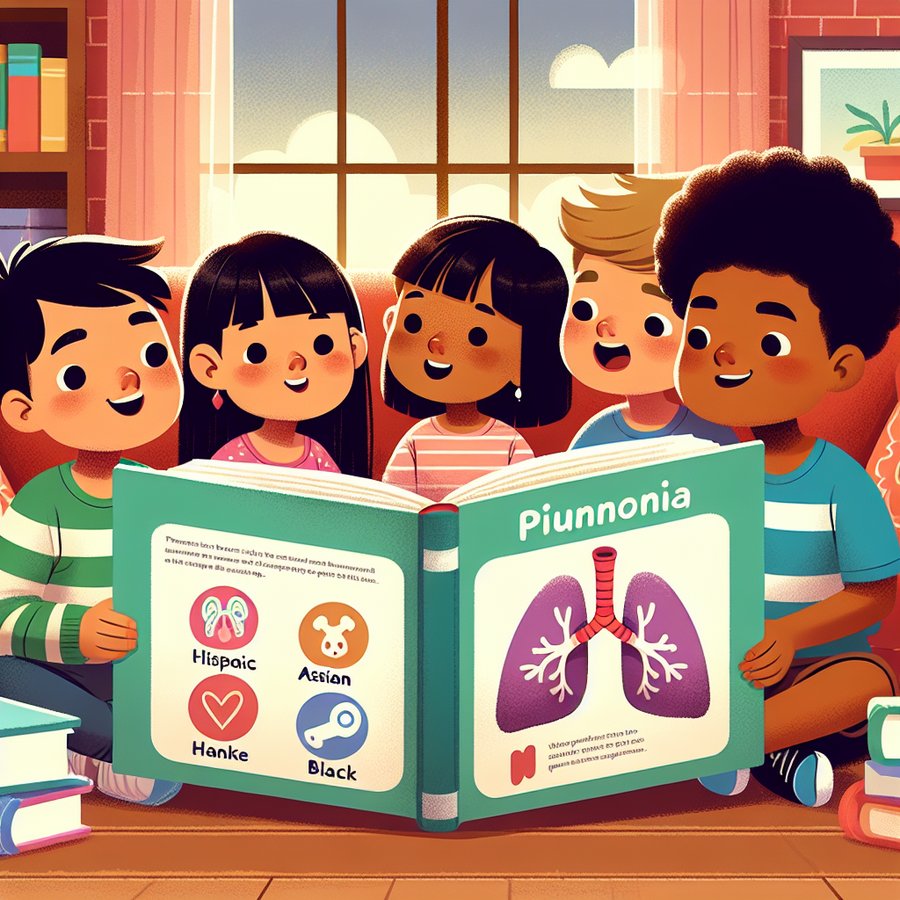Pneumonia is a respiratory condition that can affect individuals of all ages, but it can be particularly concerning when it occurs in babies. This guide aims to provide new parents with a comprehensive understanding of pneumonia in babies, including its symptoms, causes, treatment options, and ways to prevent it. Armed with this information, parents can better safeguard their little ones against this illness.
What is Pneumonia in Babies?
Pneumonia is an infection that inflames the air sacs in one or both lungs, which may fill with fluid or pus, causing cough with phlegm or pus, fever, chills, and difficulty breathing. Various organisms, including bacteria, viruses, and fungi, can cause pneumonia. In babies, viral causes are more common, with the respiratory syncytial virus (RSV) being a frequent culprit. However, bacterial pneumonia, often caused by Streptococcus pneumoniae, can also occur.
Understanding the cause of pneumonia is crucial for determining the appropriate treatment. While viral pneumonia may resolve on its own, bacterial pneumonia requires antibiotics. It’s important for parents to recognize the symptoms and seek medical attention promptly.
Recognizing the Symptoms of Pneumonia in Babies
The symptoms of pneumonia in babies can vary depending on the cause and severity of the infection. Common signs include difficulty breathing, wheezing, a cough that may produce phlegm, fever, chills, and lethargy. Babies might also show signs of discomfort, such as being unusually fussy or having difficulty feeding.
Early detection and treatment are vital. If you notice any of these symptoms in your baby, especially if they’re accompanied by difficulty breathing or a high fever, it’s essential to consult a healthcare provider immediately. For more detailed information on recognizing and responding to respiratory distress in babies, click here.
How is Pneumonia Diagnosed and Treated in Babies?
Diagnosing pneumonia in babies typically involves a physical examination and may require chest X-rays to visualize the lungs’ condition. Blood tests and cultures of mucus from the lungs can help identify the pathogen causing the infection. Once the cause is determined, treatment can begin. For bacterial pneumonia, antibiotics are the mainstay of treatment. It’s crucial to complete the entire course of antibiotics even if the baby starts to show improvement before the medication is finished.
For viral pneumonia, treatment usually involves managing symptoms and ensuring the baby stays hydrated and well-rested. In some cases, hospitalization may be required, especially if the baby is having significant difficulty breathing or staying hydrated. Oxygen therapy, intravenous (IV) fluids, and other supportive treatments may be necessary. To learn more about managing fever in babies, which is a common symptom of pneumonia, visit this link.
Preventing Pneumonia in Babies
Preventing pneumonia in babies involves minimizing their exposure to infectious agents and boosting their immune system. Breastfeeding, ensuring up-to-date vaccinations, practicing good hygiene, and avoiding smoke exposure can all contribute to reducing a baby’s risk of developing pneumonia.
Vaccinations play a critical role in preventing pneumonia. The pneumococcal vaccine, in particular, can protect against Streptococcus pneumoniae, a common bacterial cause of pneumonia. Seasonal flu shots are also recommended, as influenza can lead to pneumonia. For more insights into the importance of vaccinations, check out this resource.
In conclusion, pneumonia is a serious condition that can significantly affect babies. Recognizing the symptoms early and seeking prompt medical care are crucial steps in managing this illness effectively. By understanding the causes, symptoms, treatment options, and preventive measures, parents can play a crucial role in protecting their babies from pneumonia. Remember, when in doubt, always consult a healthcare professional to ensure the best care for your little one.













